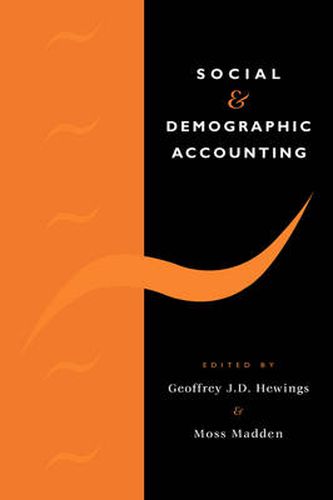Readings Newsletter
Become a Readings Member to make your shopping experience even easier.
Sign in or sign up for free!
You’re not far away from qualifying for FREE standard shipping within Australia
You’ve qualified for FREE standard shipping within Australia
The cart is loading…






This book provides a state-of-the-art account of developments and applications of social accounts. It concentrates particularly on the methods of social accounting that Richard Stone, Nobel Laureate in Economics, developed and applied during his long and distinguished career. The contributors to the volume examine applications of social accounts in economics and demography, addressing issues of new formulations and specifications at the national and regional levels. Economic structure and issues of structural change are investigated within the context of social accounts matrices, and Linear Expenditure Systems are used to model population change and household consumption. The importance of social accounts matrices (SAM) in generating Computable General Equilibrium (CGE) models and the enormous potential that both SAM and CGE models have for policy analysis are stressed.
$9.00 standard shipping within Australia
FREE standard shipping within Australia for orders over $100.00
Express & International shipping calculated at checkout
This book provides a state-of-the-art account of developments and applications of social accounts. It concentrates particularly on the methods of social accounting that Richard Stone, Nobel Laureate in Economics, developed and applied during his long and distinguished career. The contributors to the volume examine applications of social accounts in economics and demography, addressing issues of new formulations and specifications at the national and regional levels. Economic structure and issues of structural change are investigated within the context of social accounts matrices, and Linear Expenditure Systems are used to model population change and household consumption. The importance of social accounts matrices (SAM) in generating Computable General Equilibrium (CGE) models and the enormous potential that both SAM and CGE models have for policy analysis are stressed.